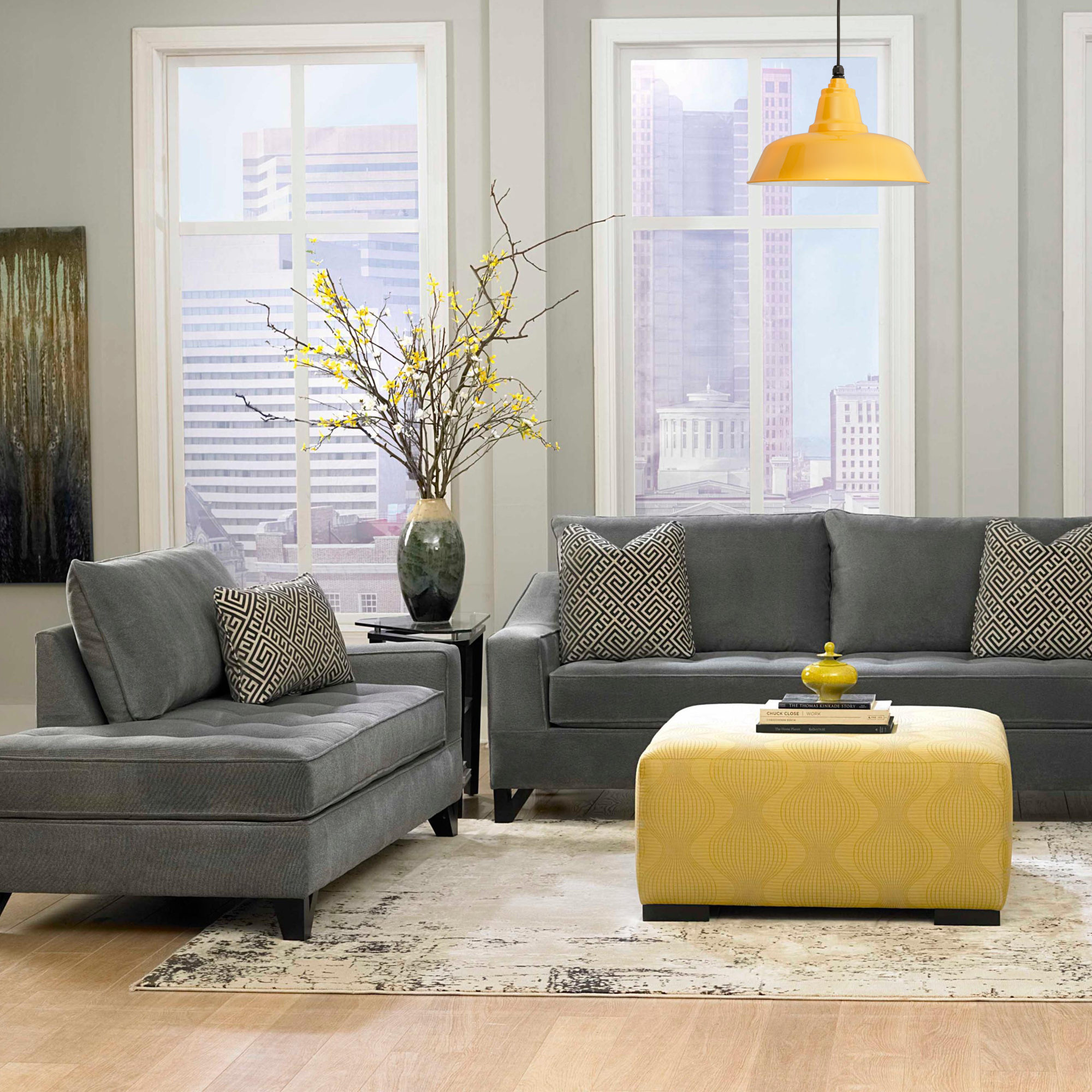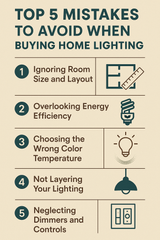Understanding the relationship between lighting elements & interior design

Interior & Exterior Lighting
Irrespective of whether your interior space needs to be converted into a restaurant, a habitat or a gym, hiring an interior designer is a must and when you do, there are certain basic elements which would be pointed out, lighting being one of them. Optimum lighting is the most important requisite for any surrounding – while at home it exudes warmth and a feeling of belonging, in a restaurant it brings out the best of décor and food. However, achieving a perfectly lit space takes plenty of effort and expertise and on your part, you could take the first step by cultivating an awareness of the following basic elements –
Functionality – No matter what the form is, it should mandatorily be followed by function and this is the first determinant as regards the type of lighting to be used in the space. At this point, the onus is on you to think what purpose the space is meant to serve. Is it a kitchen wherein you are going to cook, a study wherein you would spend most of the time reading or a living room wherein you would be entertaining guests? Once the purpose is clearly defined, not only is it easy to pick out the type of lighting but also to decide on the fixtures and colors.
Ambience – This element is regarded as basic because it sets the overall tone of the interior space and is a direct result of lighting arrangement. For example, a room which is meant to encourage activity should be brightly lit while one that prompts a relaxed and soothing feeling must feature subdued lighting. Likewise, work spaces must feature lights that can be focused on particular spots without dispersing to the rest of the room and kitchens must have a combination of ambient and focused lighting.
Harmony – Beauty of a space is best brought out when various elements in it blend seamlessly without seeming to be monotonous or visually boring. Ideally, a harmonious space is one which appears uniform without compromising on contrasting elements and ties everything together to emanate a feeling of smoothness in spite of the variety.
Having gained cognizance of basic elements, it is time to embark on a shopping spree for lighting elements that you wish to use in your interior space. To this effect, some of the parameters that you would need to decide on are –
Nature of space – Natural light is of course welcome but your objective while buying lighting fixtures should be to ensure that the space appears well lit even when the natural light is subdued or absent. To this effect, you can opt for a combination of fixtures for different pockets so that every area is marked by some form of illumination.
Color – Probably the trickiest part of lighting is choosing of colors because this factor by itself can make or break your interior. Knowledge of basic rules pertaining to colors can help, like the fact that lighter colors give a feeling of spaciousness while darker colors tend to confine the available space. Likewise, a centrally located pendant of light must feature a bright light because its purpose is to provide an all-round illuminated environment while corner lamps and alcove lighting should be soft and focused on a particular area.
Directional lighting arrangement – When a lighting fixture is designed to direct its beam towards a specific area or spot, the term used is directional lighting. Piano floor lamps are a good example to understand this form of lighting because they can be adjusted to direct their beam in a manner that only a specific area appears prominent. Track lights and barn lights are other examples wherein if placed at certain locations, these bring to light specific objects while leaving the surrounding areas in relative darkness.
Different Concepts of Interior Lighting
Equally important it is to be aware of different concepts pertaining to lighting of interior spaces so that you can use them to your advantage. Foremost among these is the concept of darkness, the opposite of light and how it can be used to accentuate the ambience of your space. If a particular space is illuminated in a way such that some parts are well lit and others are cloaked in shadows, the overall effect is not just relaxing but also reflective of good taste.
Another contemporary concept is known as ‘pools of light’ and it is based on the principle of highlighting key portions. In addition to being focused this type of lighting is also geared towards energy conservation wherein only those areas which deserve attention are lit.
‘Layers of light’ is a relatively recent concept wherein each lighting fixture has its own separate switch. So at any given point of time, you can either switch on everything and enjoy the brightness or use your power of selection to decide on the combination that should be on. Flexibility is the keyword that aptly describes this concept and it gives you the freedom to create a different ambience as per the occasion.
Recent Posts
-
Top 5 Mistakes to Avoid When Buying Home Lighting
Lighting plays a crucial role in shaping the ambiance, functionality, and aesthetic appeal of your h …26th Jun 2025 -
Why Lighting Is the Most Underrated Design Element in a Room
Walk into a well-designed space, and you might first notice the color of the walls, the statement fu …13th May 2025 -
How to Choose the Perfect Painting for Your Home or Office
When it comes to decorating your space, choosing the perfect painting can be a game-changer. A well- …7th Feb 2025



